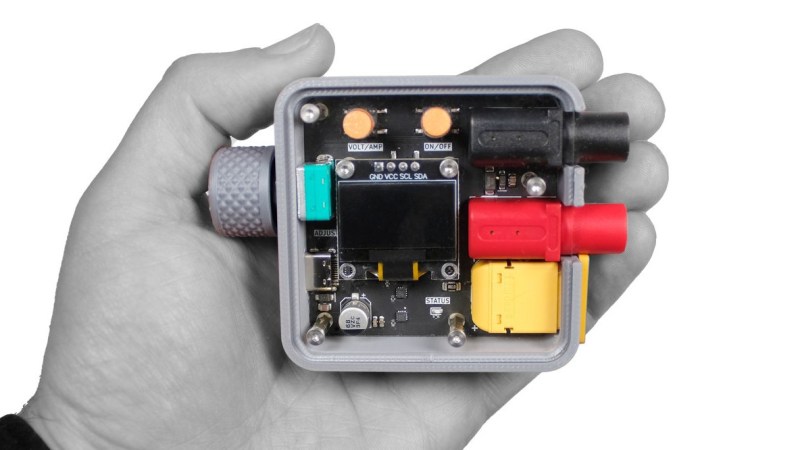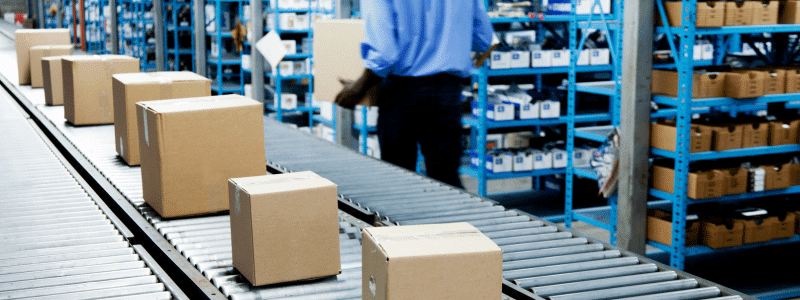In today’s intricate landscape of modern supply chain systems, complexity prevails, offering a multitude of paths to navigate. As businesses grapple with the need for efficient testing processes, a transformative solution emerges: unattended testing. Discover how unattended testing differs...
In today’s intricate landscape of modern supply chain systems, complexity prevails, offering a multitude of paths to navigate. As businesses grapple with the need for efficient testing processes, a transformative solution emerges: unattended testing. Discover how unattended testing differs from once-standard manual methods, and how continuous testing can change the game for businesses of all kinds.
Modern Supply Chain Systems Are Complex
Modern supply chain systems can take users down hundreds of thousands of different paths. Data, configuration, and customized workflows all play into the complexity of these systems. At the same time, can original equipment manufacturer (OEM) vendors really be expected to verify every single use case within each organization? Of course not.
Most behaviors in modern execution and warehouse management systems (WMS) are controlled dynamically through configurations designed to address specific business requirements. Warehouse execution systems (WES) have rules that control the relationships between inventory zones, picking methods, and automation.
But even these controlling rules are subject to change: Expected behavior evolves based on the state and availability of inventory. As such, dynamic rules make businesses as proactive and efficient as possible.
But there’s a potential spanner in the works: A demand for shorter release cycles in today’s supply chain systems, along with unprecedented levels of change thanks to new rules, configurations, and workflows.
Companies without the right processes to quickly accept, validate, and embrace change will lose out to those that are more agile. Make no mistake: Thanks to the sheer number of user paths and accounting for a large amount of dynamic variability, testing often causes gridlock for most organizations.

There’s Another, Better Way: Unattended Testing
Instead of an inconvenience, businesses can leverage testing as a strength: progressively improving processes rather than causing bottlenecks that delay release cycles in this more demanding world. Better still, businesses can automate this validation — and test unattended. What does this mean?
Many businesses test manually and sporadically — typically before they launch major updates or apply patches. But unattended testing really shines when it’s run consistently: multiple times a week, daily, or even every few hours.
Those who run tests often develop a whole new mindset — one in which testing is integral to their entire workflow. They rely on frequent tests rather than needing to plan for inevitable downtime for bug fixes and other iterations. With unattended testing, continuous assessment becomes a cornerstone of workplace culture.
Unattended testing runs without human intervention to kick it off. Busy team members don’t have to take time out of their hectic days, relinquish their devices, or leave their workstations while tests run. They don’t even need to press a button.
When a testing solution is accessible to technicians at every level, organizations of all sizes can employ best-practice development methodologies. They can run tests more frequently, during off-hours, and according to whatever cadence is most effective for their operations. Some testing platforms allow users to configure custom triggers, like running a test when code commits are pushed to a repository.
Why Apply Unattended Testing?
Lord Kelvin’s axiom is still relevant today: If you cannot measure it, you cannot improve it.
With today’s Tier 1 WMSs getting more complex by the minute, supply chain and e-commerce fulfillment software solutions like Blue Yonder must constantly evolve to meet demanding business needs. Automated testing is essential to stay current — or, ideally, ahead of the curve. Unattended testing is the cherry on top that brings that ideal closer to reality.
Here’s why businesses should use unattended testing.
Part of the Change Management Process
All organizations experience change management, with greater and lesser degrees of successful execution. As the Greek philosopher Heraclitus said, change is the only constant in life. No business wants to be left behind when undergoing essential change to retain that vital edge.
True to form, every industry — from third-party logistics (3PLs) to manufacturing and consumer goods — has shifted to cloud-based strategies as part of change management and implementation for at least a decade. Likewise, continuous testing has been one of the major pillars of DevOps methodology for almost, if not, as long. Now is the time to bring this testing approach to supply chain system update delivery.

More Reliable Than Manual Testing
Manual testing leaves too much room for human error — especially when it can be as onerous as it is in its current form for many businesses. With automated, unattended testing, gone are these inconveniences.
Version control? Commit history? Check and check. The right testing solution connects seamlessly with source code management tools, so users can pull in data from tests and track the results of code changes with ease.
Gives Teams Their Time Back
One of the most frustrating parts of regular, manual testing is that it’s necessarily extremely time-consuming. Traditional testing occupies teams of analysts and sometimes even the use of physical hardware resources better spent elsewhere. Unattended, automated testing naturally empowers teams to focus on activities with just as high a priority as testing but which also require more human input. Testing doesn’t need to anymore.
Fast-Tracks Change Validation for Overnight Results
In keeping with giving teams their time back, unattended testing allows users to kick off automated pipelines at the end of the working day and users will find test results in their email inboxes the following morning. Auto-generated comprehensive, easy-to-read summary reports of each unattended test are uploaded to cloud storage, and (if desired) sent as PDFs via email or Slack to stakeholders — all automatically.
Ability to Use Cloud Resources and Virtual Machines
Unattended testing leverages cloud resources and cloud-based virtual machines to run tests. Users should ideally be able to scale virtual machines up or down with lightning-quick results. A more rapid cadence — with more testing, higher quality, and so less errors — often means shorter release cycles.
Shortened Release Cycles
Most technologists drown in data, but analysis is everything. With rapid report delivery, teams get the perfect measure of whether the introduced changes may have caused knock-on effects for (or even broken) other critical functionality. The timeline for deploying changes in the production environment plummets from months and weeks to mere days.
Getting a Head Start on Unattended Testing
Most development teams don’t perform regression testing nearly as often as they should. But with a robust platform, regression testing can happen in an instant.
Regression testing is just one pivotal component of the software development lifecycle. The mandate for innovation cannot overshadow the need for reliability, especially as companies scale and their applications grow along with them.
Every code modification, update, and addition (meant to fix new “fixes”) can create more problems. The importance of regression testing can’t be overstated, particularly within organizations with rapid development cycles and mandates for continuous integration — that is, everyone. Robust testing isn’t an option; it’s a must.
Regression testing simply isn’t happening enough. Businesses need a methodology and mindset based on testing more frequently.
After all, testing is only valuable when it is a consistent practice. It might seem self-evident, but manually conducting tests requires time and resources most teams just don’t have. To learn about how unattended testing can help organizations transform their innovation potential, check out part two of our unattended testing blog series.
Are you interested in learning more about implementing test automation in your warehouse system implementation? Read our customer success stories, check out additional blog posts, or learn more about the Cycle platform.
The post Supply Chain Agility Through Unattended Testing appeared first on Cycle Labs.















